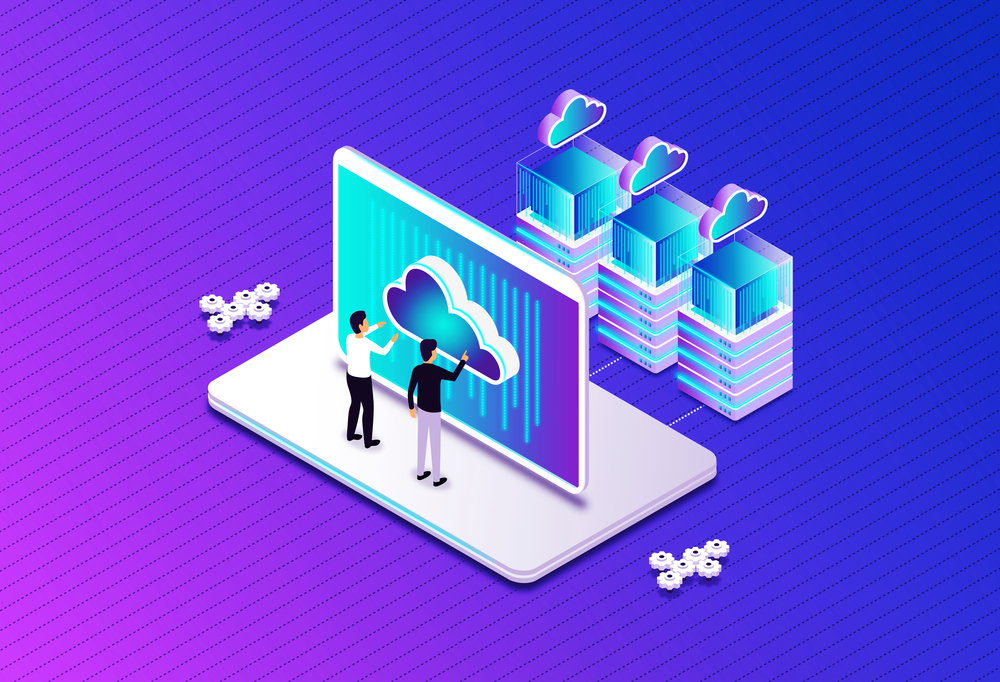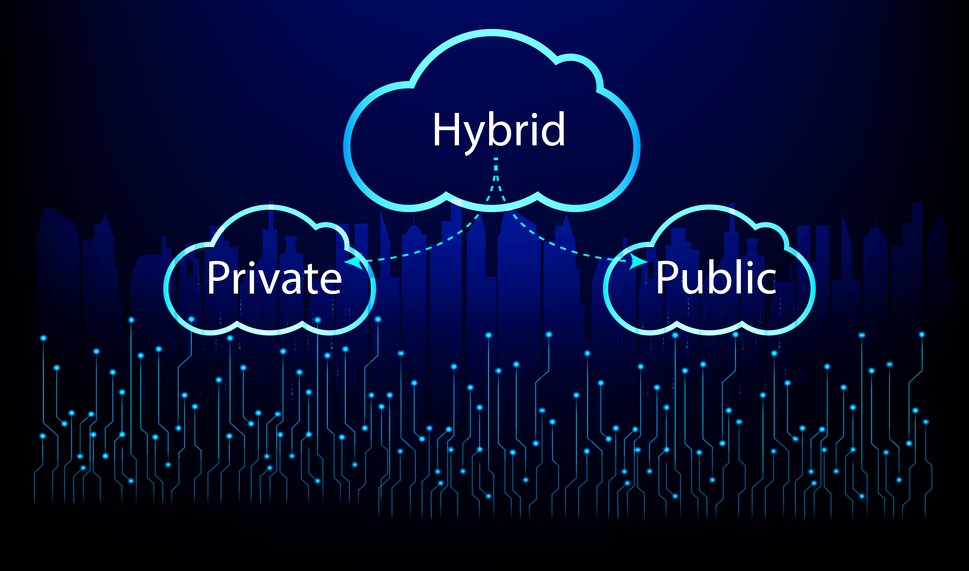
Companies outside the world of tech are beginning to operate like tech. In other words, they’re upgrading systems, leaning into data operationalization, and preparing for digital transformation. Reducing the complexity of data and data tools is a vital part of this process because not every company has the ability or desire to pursue top (read: expensive) tech experts in-house. Enter serverless computing.
What every company should know about serverless computing
Sometimes known as Function-as-a-Service, serverless doesn’t mean the absence of a server. The server is merely abstracted away from the company’s day-to-day activities building data tools and apps. Thanks to cloud migration, companies can turn over infrastructure management to a service and focus instead on building the tools necessary to automate operations and operationalize data.
The server is still there. Development teams don’t spend time provisioning infrastructure, troubleshooting, or managing security. The server responds to the deployment by scaling up or down and eliminating unnecessary processing or idle infrastructure.
Eliminating the grunt work of maintenance and redirecting IT to business-driven, value-producing tasks is a significant draw for companies. In fact, a 2022 survey from Datadog found that over half of the organizations operating in the cloud had chosen serverless as their preferred method. It’s quickly becoming the go-to operational model.
Important capabilities and use cases
Serverless computing supports developers by providing what are essentially “back-end” services. The developer writes code and deploys apps and tools without needing to worry about the underlying infrastructure—whether it works, updates, or integrates. Instead, serverless:
- Handles provisioning, including servers, containers, and VMs.
- Coordinates and scales runtime environment
- Simplifies monitoring, instance logging, tracing, and debugging by automating these through the service.
Companies looking to decrease their time to deployment or without traditional IT teams might find serverless computing a promising pathway. Companies with inconsistent tasks that need to expand and contract could leverage the flexibility and simplicity of serverless computing.
It doesn’t offer much for legacy systems with vastly different infrastructure just yet. In addition, companies that rely on consistent, long running tasks may be better off with traditional infrastructure. They could find that route cheaper as well.
The benefits for a cloud-focused world
Serverless is a cloud-native concept. It continues the pathway of abstraction—removing infrastructure obstacles so that companies can refocus limited in-house expertise efficiently and strategically. It’s part of a general trend to automate and to create composable features that pivot quickly as business needs change daily.
It offers several critical benefits to companies that operate outside the focused world of tech but need to transform to remain competitive.
- The ability to scale: Right now, infrastructure is challenging to upgrade or shift as the company needs. Post-pandemic operations need flexibility, and serverless could be one way to shift development into an agile model.
- Faster deployment: With no time needed for laborious provisioning or maintenance, IT teams can focus on activities that produce real business value.
- Simplified resource allocations: Resource allocation happens automatically and far from
- Reduced costs for inconsistent processing tasks: Serverless provides cost reduction because companies only pay for the infrastructure they use, rather than maintaining a system that worked at one point and now isn’t appropriate.
- Decreased latency (in some cases): Serverless runs closer to the user. Requests from users don’t need to travel to one central origin server. However, companies should create metrics for this category because serverless also goes dormant when not in use, something that might increase latency for certain use cases.
Some considerations remain
Although serverless computing has compelling benefits, companies must also consider the downsides of switching to this method from traditional infrastructure.
Security
Serverless requires turning over a piece of the infrastructure to a third party to manage. This reduces the amount of time in-house teams spend wrangling and troubleshooting traditional servers but also introduces potentially new loopholes in security. To combat this, companies will need to examine closely the security practices and agreements from their chosen partner.
Visibility
While abstracting infrastructure helps companies deploy code faster, it can cause challenges if deployments don’t go as planned. Developers can’t troubleshoot the infrastructure because they don’t have access to the underlying structure they’re coding on top of.
Lack of persistent data
Serverless computing is event-driven. Without a persistent state, some developers may need to use a serverless database to provide persistent data—something that incurs more costs. However, a serverless database also removes provisioning and maintenance, much like serverless computing.
Cost
We mentioned the cost above as an advantage, but for some companies, the cost can also be a disadvantage. Many providers charge per use—understanding what activities incur costs and how to mitigate them will allow companies to leverage the scalability of serverless without accidentally inflating costs.
Compliance
Companies that aren’t allowed to use multi-tenant architecture should avoid serverless. Misconfiguration could lead to data exposure and thus steep penalties. Corrupted data can spread to others, over-allocated privileges could leave critical loopholes, and a lack of visibility could make responding to incidents difficult.
Serverless computing could provide companies a path to cloud deployments
Serverless isn’t the right choice for all companies or all use cases. However, it does provide a compelling alternative to complex infrastructure. It could help companies outside the tech world take their first steps towards the cloud and give smaller, more focused teams the power to build tools and apps companies need for operations.
This efficiency and simplicity is one benefit. Companies can examine their cloud pathway and decide if serverless provides a more efficient solution than traditional server technology. For those looking to deploy apps quickly or scale with more flexibility, it could offer just the services required.

Elizabeth Wallace is a Nashville-based freelance writer with a soft spot for data science and AI and a background in linguistics. She spent 13 years teaching language in higher ed and now helps startups and other organizations explain – clearly – what it is they do.


